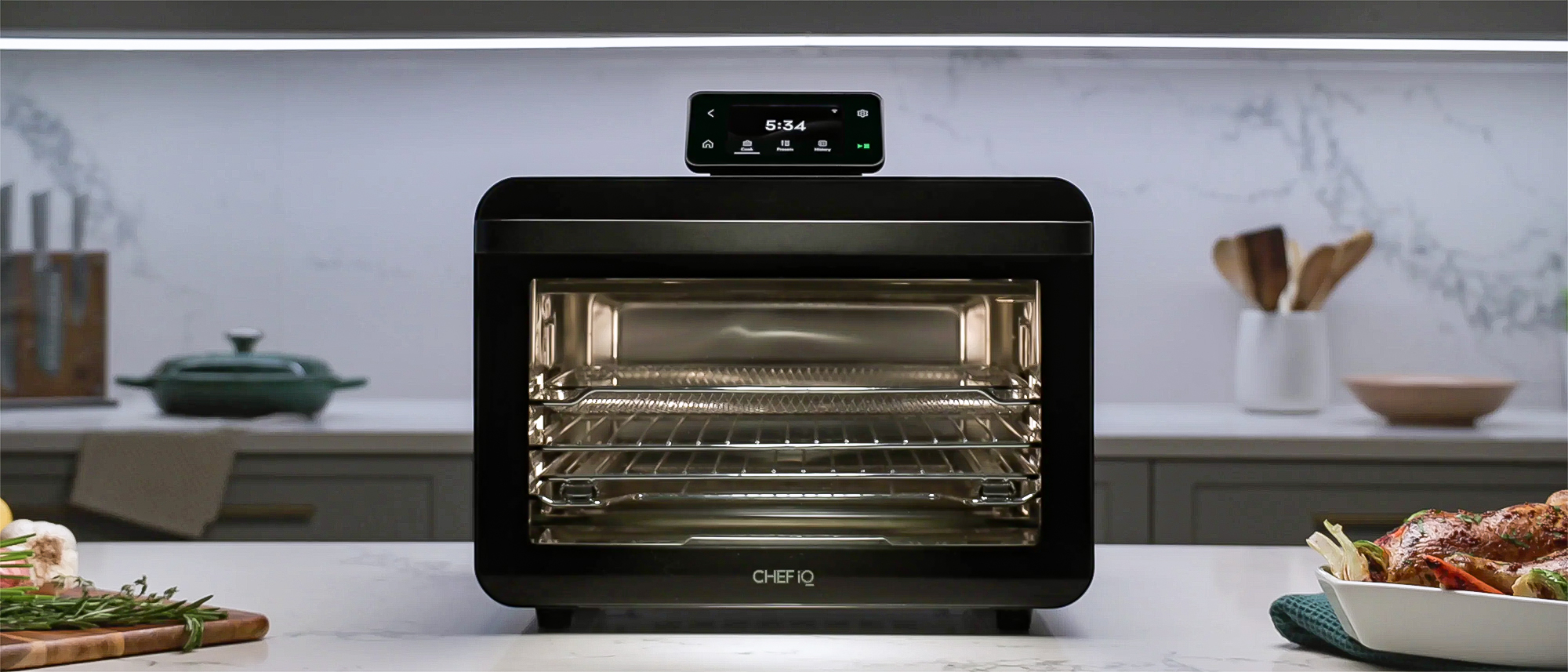I asked flight attendants how to fall asleep fast on planes and get over jet lag — here are their tips
Flight attendants reveal their secrets to getting a good night's sleep on planes
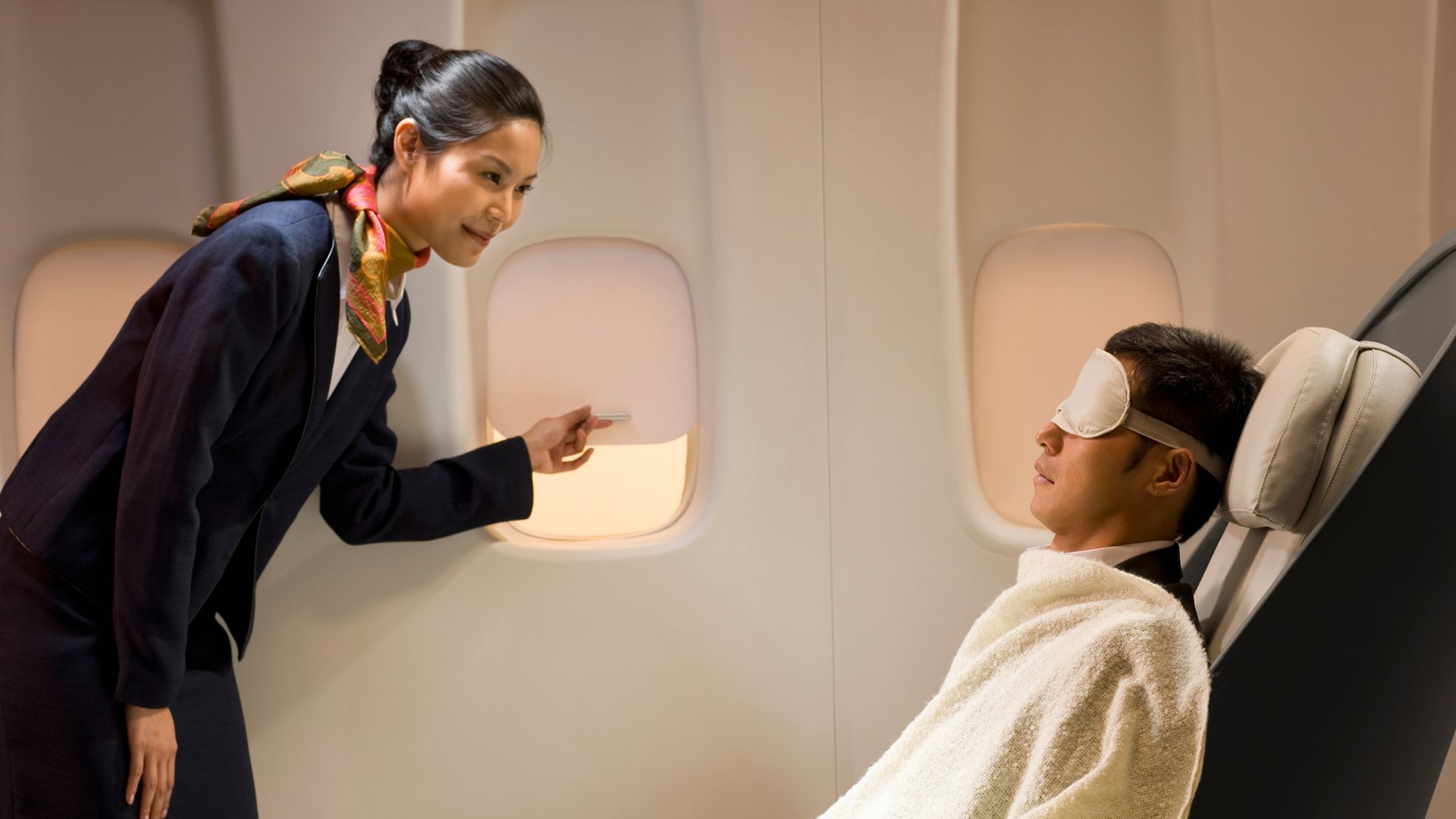
Getting enough sleep while travelling can be hard, and few understand this better than flight attendants.
Flying across the world means that these sky stewards need to know all the tricks and tips for managing their sleep alongside their busy travel itineraries. Which is why flight attendants are a great source for top advice on how to sleep on planes, hotels, and everywhere else on your trip.
"Sleeping on a long-haul flight can feel like trying to nap in a noisy, vibrating, overly airconditioned tube with 300 strangers," says Paula S. Adams, an Aviation & Business Trainer at DoYouSpeakDubai. "As a former flight attendant, I’ve seen the full spectrum — from passengers in economy who built cozy sleep nests, to ones who passed out across three seats before takeoff."
I've called upon Adams and Aura Elena Martinez, a life coach and flight attendant to share their tips on how to sleep well when traveling. So, whether you're planning a summer vacation, going on a business trip, or bracing yourself for a night at a cheap hotel, these are the sleep and travel hacks you need to know.
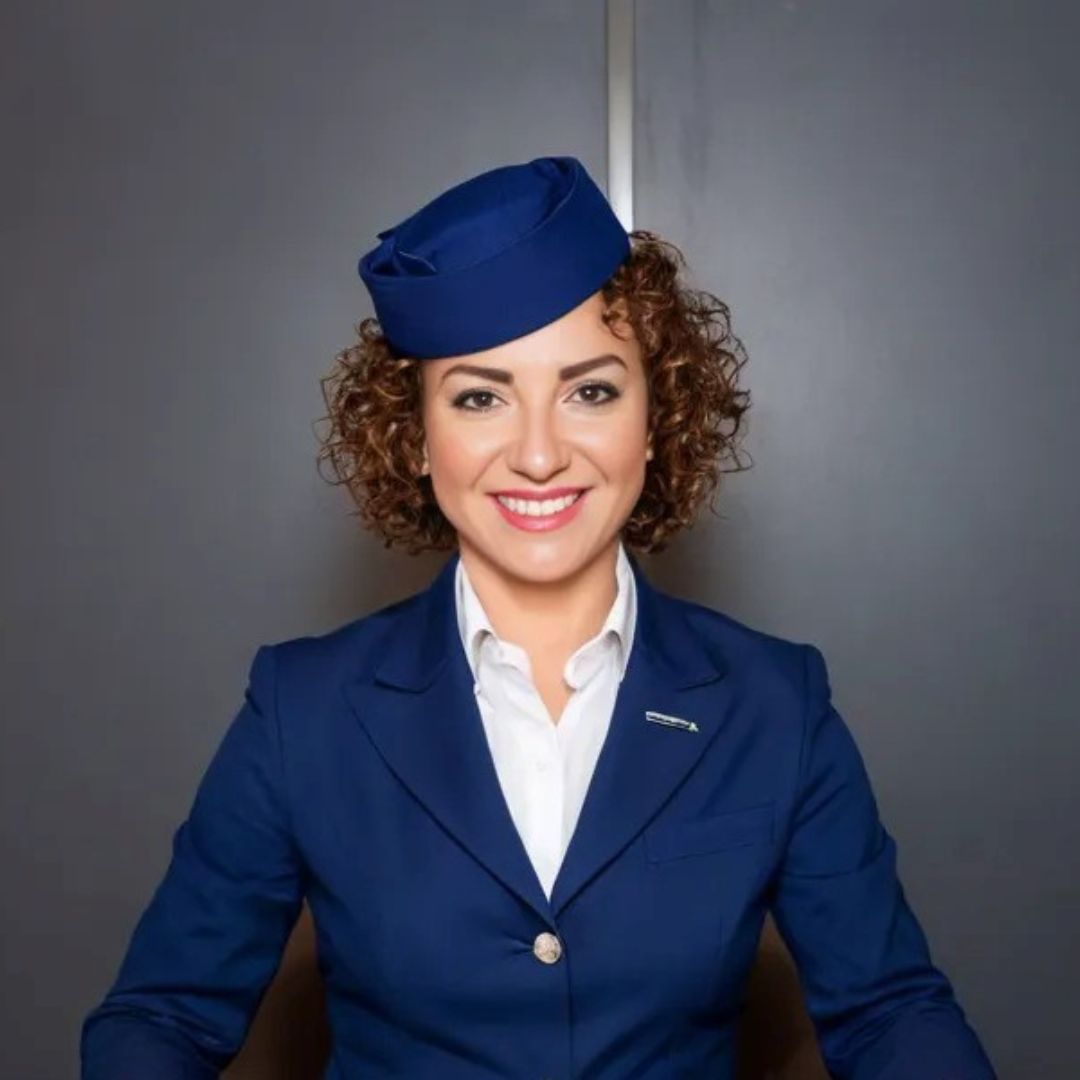
Paula S. Adams has over 10 years of flying experience. As a flight attendant and cabin manager, she has frequently flown from the hubs of Abu Dhabi and Dubai to global destinations. She's now a Freelance Corporate Flight Attendant for VIPs, while also running her own online Aviation Business Center.

As a flight attendant, Aura E. Martinez has travelled all across the globe. The experience has lead her to start a career as a life coach and as the author of the self-help books, Creating a Lifetime of Wellness: Start Having the Life You Deserve and Creating a Lifetime of Wellness Journal: Your Personal Coach to the Different Areas of Your Life.
Tips on how to sleep on a long distance flight
Planes are built for travelling, not for napping — and that can be a painful truth when you're trying to get some sleep on a long-haul or red-eye flight.
"I’ve spent thousands of hours in the sky and heard just about every sleep struggle you can imagine," Adams tells me. "From business class executives trying to squeeze in four hours before a meeting, to economy passengers asking if we have 'a secret nap room somewhere.'"
So, here are five tips for getting an undisturbed nap on a long distance flight.
1. Prepare before you board
Turns out, if you want to get enough sleep on a plane, you first need to change your habits on the ground.
"As a flight attendant who works overnight international flights, I've learned that preparation before you board can make all the difference," says Martinez. "I always recommend limiting screen time an hour before attempting to sleep in-flight.
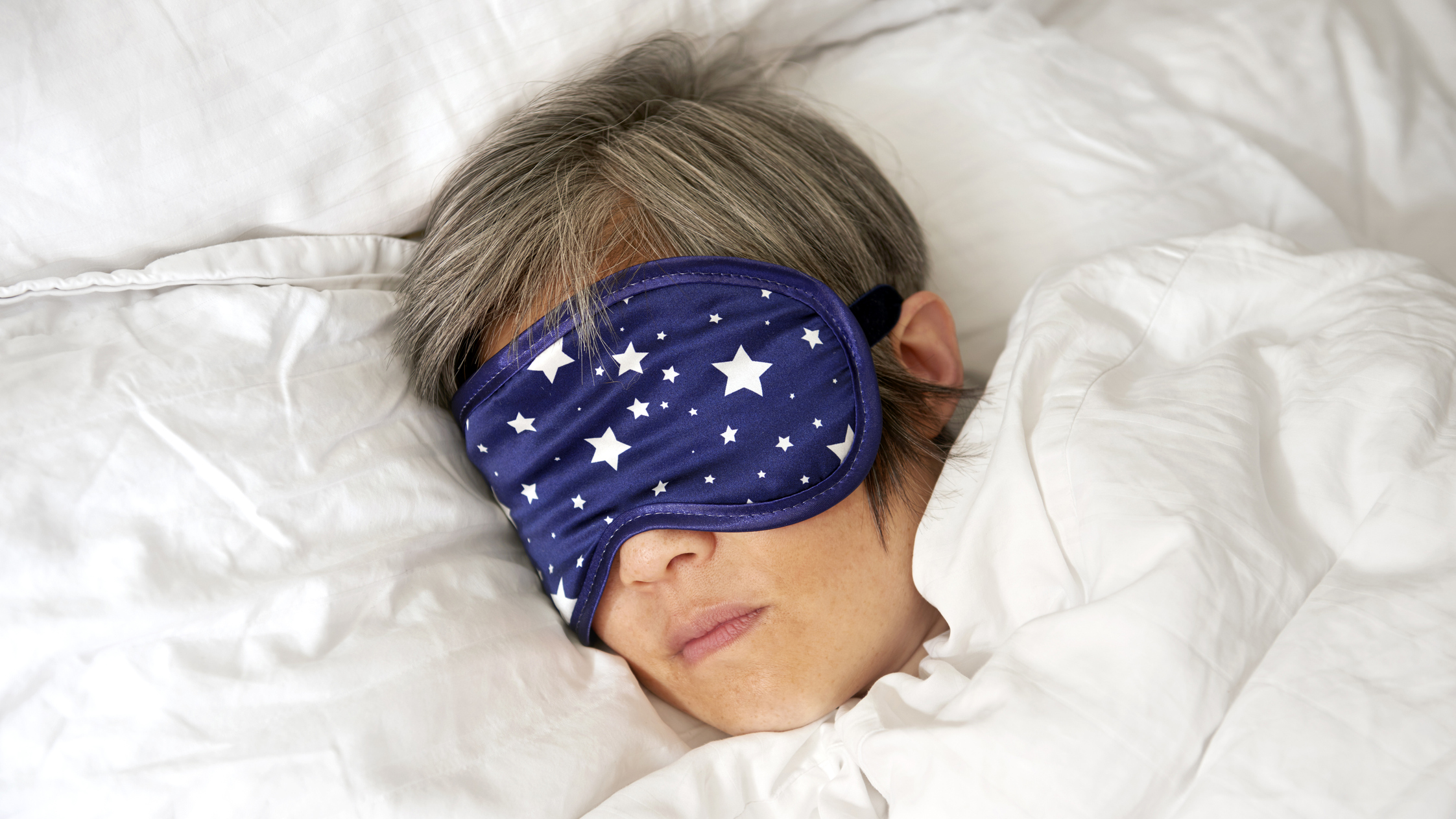
Adams agrees, and says that you should prepare for your in-flight nap before you've even left your home — from the week before the trip to getting dressed on the day of the flight.
"Don't take a sleeping pill or supplement on a flight if it's your first time taking them," she advises. "Instead, test it at home a few days beforehand.
As for getting dressed, she recommends dressing in loose and comfortable clothes.
"Don’t wear tight waistbands, belts, or jeans," says experienced flyer Adams. "They restrict circulation and make sleeping uncomfortable."
2. Bring layers
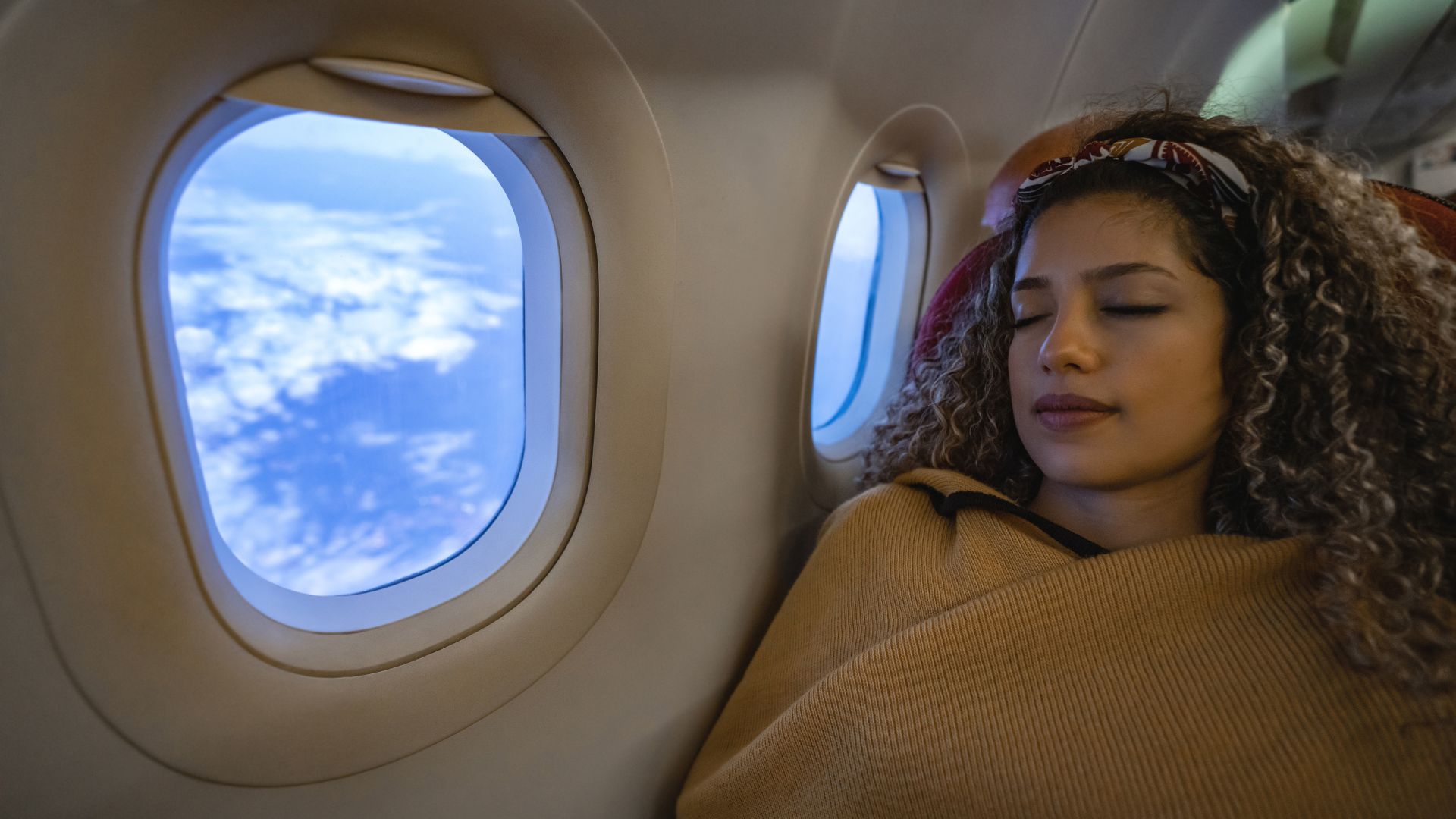
Whenever she's a "deadheading" crew member (that is, an off-duty flight attendant on a plane who is traveling in order to reposition for their work schedule), Martinez remembers to dress for any temperature by bringing layers.
"Cabin temperature fluctuates, and being too cold or too hot can interrupt your sleep cycles," she says. "When I'm a deadheading crew member or when I am traveling as a passenger, I always bring my own blanket and, just in case, a scarf and a sweater."
3. Build your sleep kit
Martinez tells me that getting some good shut-eye on a plane means you may have to create a cocoon-like sleep environment with a kit containing travel-friendly sleep essentials (there's more on sleep essentials in the next section).
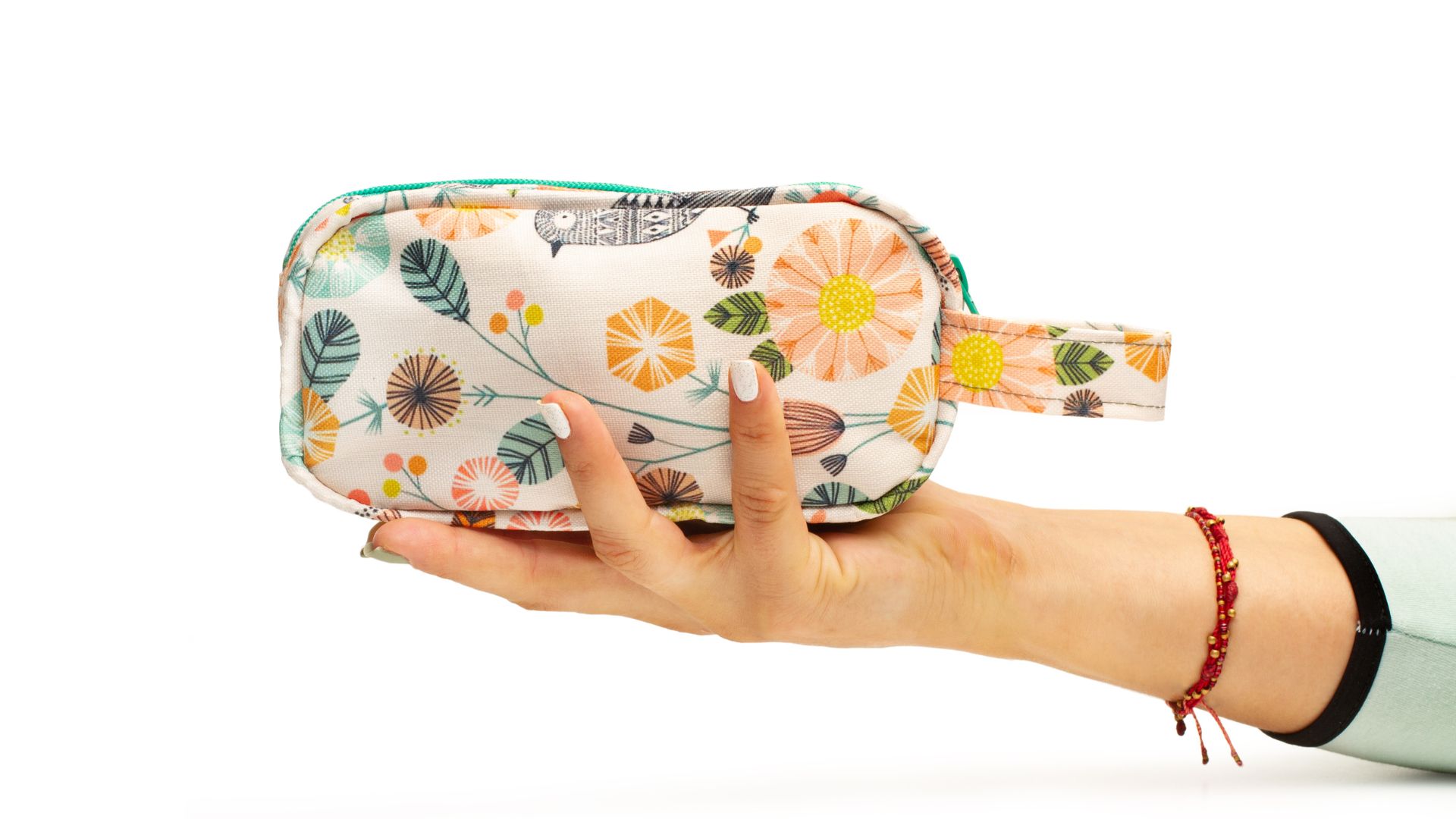
"Create a cocoon-like environment for your senses: eye masks, noise-cancelling headphones or earplugs," she says. "And a relaxing scent like lavender essential oil can signal to your body that it's safe to rest."
Adams also advises bringing a sleep kit containing everything you need to create your own “first class” comfort, especially when you're flying coach. "Keep all of this in a small pouch you can access easily from your seat, as digging through the overhead bin once you’re drowsy is a mood killer," she says.
4. Be strategic with your seat choice
If you can, choose where you sit on the plane wisely. "Where you sit affects how you sleep," warns Adams.
She says window seats are the best for sleeping, as you can lean, control the window shade, and avoid disturbances by seatmates needing to get up.
However, if you have no control over where you sit, the VIP flight attendant says there are some seat hacks you can try:
- If you're in a middle seat, bring a pillow or soft item for either side of your neck. Most complaints are from not being able to lean anywhere.
- Use a hoodie hood or scarf to block out peripheral distractions and create a "bubble".
- Use the tray table pillow trick: Stack your pillow and scarf or sweater on the tray table and lean forward with your head resting sideways.
- Bring a footrest or sling that hooks to the tray table (some are inflatables or foldables). Raising your feet just a bit improves circulation and comfort.
5. Eat and drink mindfully
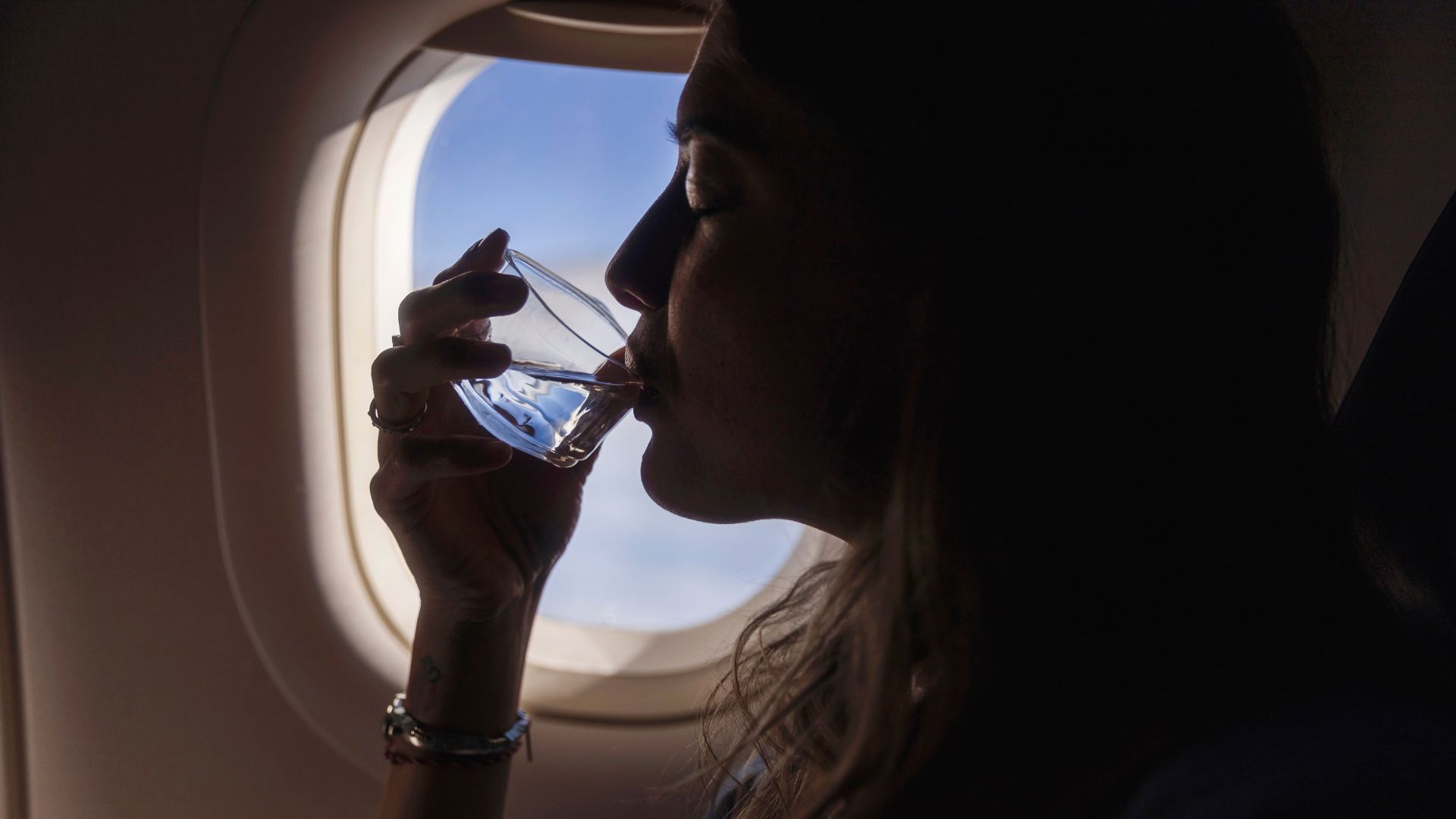
When it comes to dining before and during your flight, make sure to keep your food light and drinks caffeine-free.
"Avoid alcohol and caffeine before and during the flight (both mess with your sleep cycle and hydration) and eat light, easily digestible meals," Adams suggests.
Plus, while it's important to stay hydrated, both Adams and Martinez say that slow sips are key to avoiding nocturia (which is when you wake from sleep once or more to urinate).
"Stay hydrated, but don’t chug water right before trying to sleep unless you enjoy aisle trips at 2 a.m," says Adams.
6. Time your sleep wisely
While you may want to plan your sleep according to your own time zone, it's important to sleep as if you're already living in your destination.
"Try to sleep when it's night in your destination, especially if crossing time zones. Use your meal service as a guide: eat, then sleep," says Adams. "If flying west, you may need to stay up a bit longer before sleeping, and don’t feel obligated to eat all meals. if you’re tired, skip it and sleep."
What travel sleep essentials do you need to bring?
Bringing products that make you feel sleepy, safe, or even as if you're back in your own bed are a must if you want to get some shut-eye while travelling. Adams even says that you can use products to send secret 'do not disturb' codes to the crew.
- Wearing an eye mask means "do not disturb".
- Wearing a blanket and having your tray up means "I'm sleeping, so leave me alone".
- Headphones on means "I don't want a conversation".
1. Ear plugs or noise-cancelling headphones
Adams and Martinez both tell us that, if you can't sleep through humming engines or clinking cutlery, then you'll need to cancel or block it out.
"Noise-cancelling headphones are a game-changer for light sleepers, especially when babies are crying or there's cabin activity," says Martinez.
Meanwhile, Adams likes to use molded earplugs to drown out cabin noise.
2. Silk or cotton eye mask
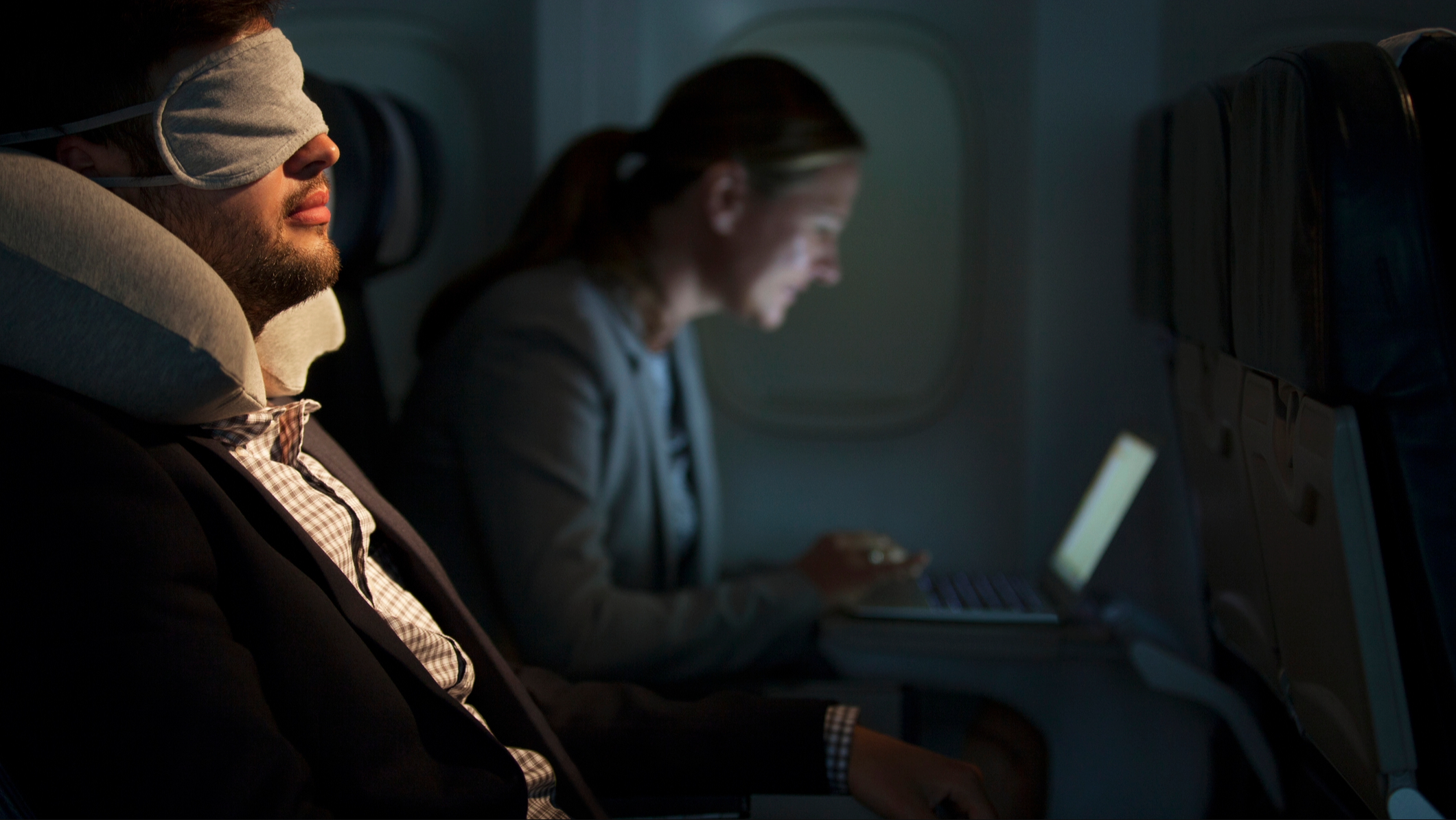
If the cabin's lights or your seatmate's screen is keeping you up, then take an eye mask made from soft and breathable cotton or silk to block out the glare.
"Choose one that blocks all light and feels gentle," says Adams. "The ones we used to give in business class were nice, but I always carried my own 100% blackout mask."
3. Memory foam neck pillow
The last thing you want to do is alight the plane after your flight with neck pain, so make sure your head is supported while you snooze with a memory foam neck pillow.
"I use a Cabeau neck pillow when I travel as a passenger, and I recommend a memory foam neck pillow since it supports proper alignment even in upright seats," says Martinez.
Cabeau Evolution S3 Travel Pillow: from $39.99 at Amazon
Flight attendant Martinez uses a Cabeau travel pillow whenever she flies as a passenger as the plush memory foam promotes healthy alignment. The brand's Evolution S3 Travel Pillow currently has 4+ star score from over 7,400 ratings on Amazon, with customers praising the neck support, head stability, and value for money.
4. Lavender roll-on essential oil
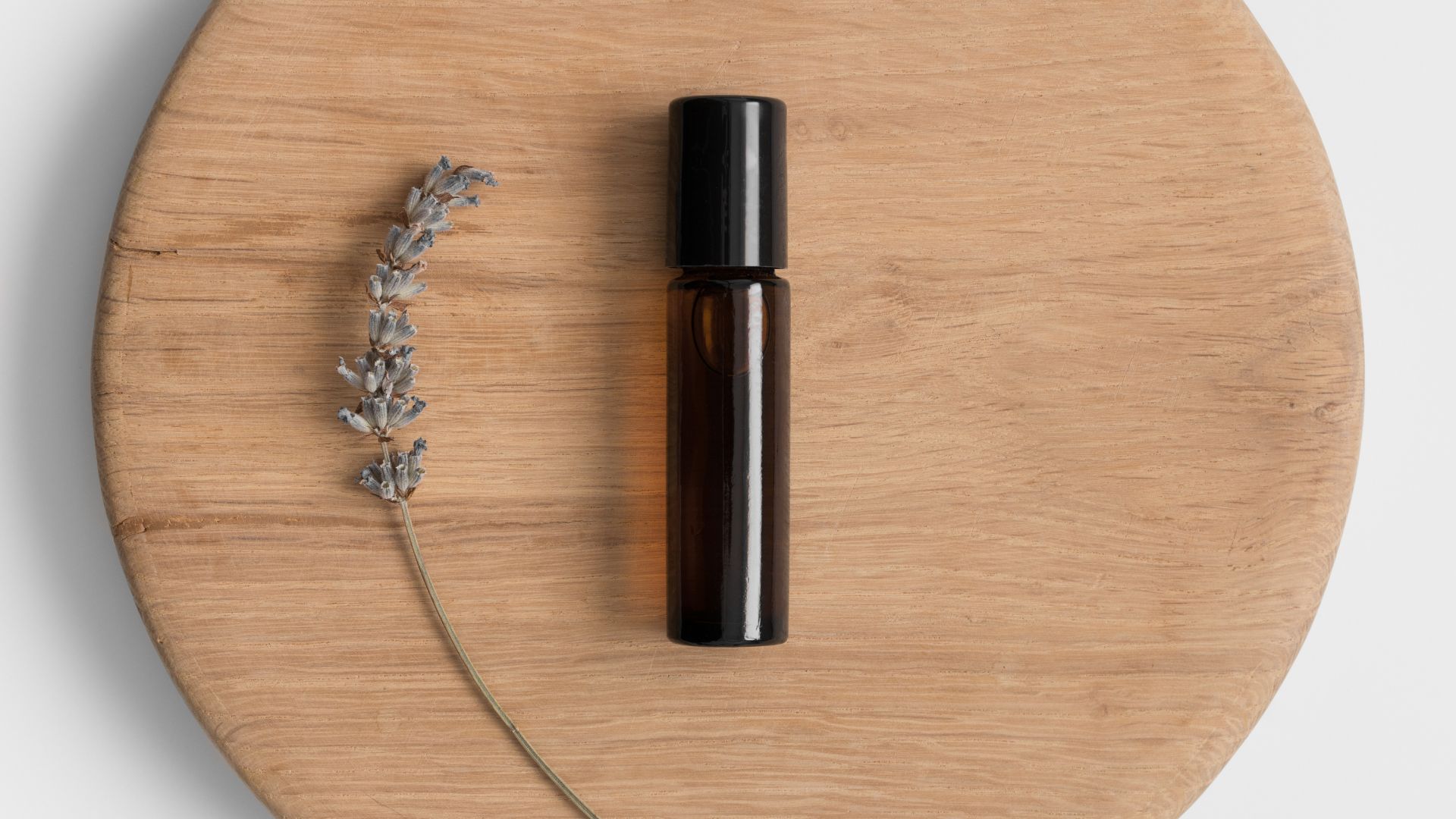
Lavender is a scent that's been proven to have a soothing, relaxing effect, so apply lavender roll-on to pulse points for some sleep-inducing aromatherapy. Martinez says she uses the roll-on essential oil to signal to her brain that it's "wind-down" time.
Adams recommends using lavender roll-on as opposed to lavender mist as spraying the fragrance can cause discomfort to other passengers.
"We were never allowed to spray scent in the cabin (lavatory included)," Adams shares. "So, I strongly recommend something that I personally do: dab a little on my pulse points before long rest breaks."
5. Compression socks
According to Adams, crew members swear by compression socks as essential on-flight wear.
"Not only are they good for circulation, but they also stop your legs from feeling heavy or achy and keeping you awake mid-flight," she explains.
6. Moisturizer
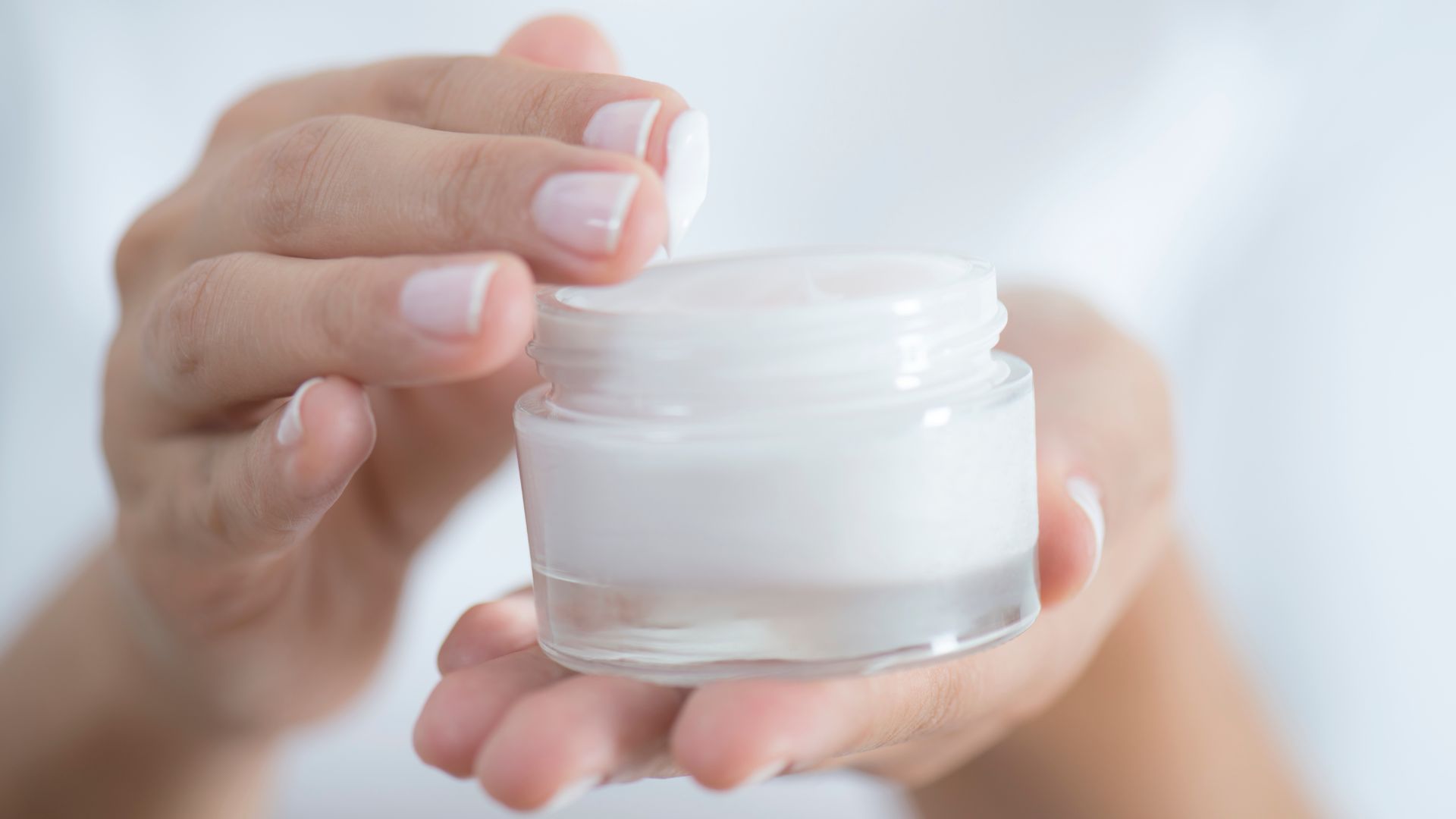
“My skin feels so dry and itchy; I can’t sleep.”
This is a complaint that Adams would often hear from passengers. "Cabin air is incredibly dry, so crew usually apply lotion three to four times during long-hauls," she reveals. "So, hydrate before and during flight, wear layers, and apply moisturizer before takeoff."
How to reduce jetlag symptoms
Let's face it, jet lag can be tough and even prevent you from enjoying your vacation, or getting back to normal life once you return home. However, there are some things you can do to cheat this common sleep issue.
1. Sleep and eat according to local time
Both Adams and Martinez advise adjusting sleep gradually before you fly anywhere, in order to fit your flight's direction.
"If flying west, go to bed later in the days before," suggests Adams. "If flying east, start sleeping earlier. This isn't always possible, but even an hour or two shift helps."
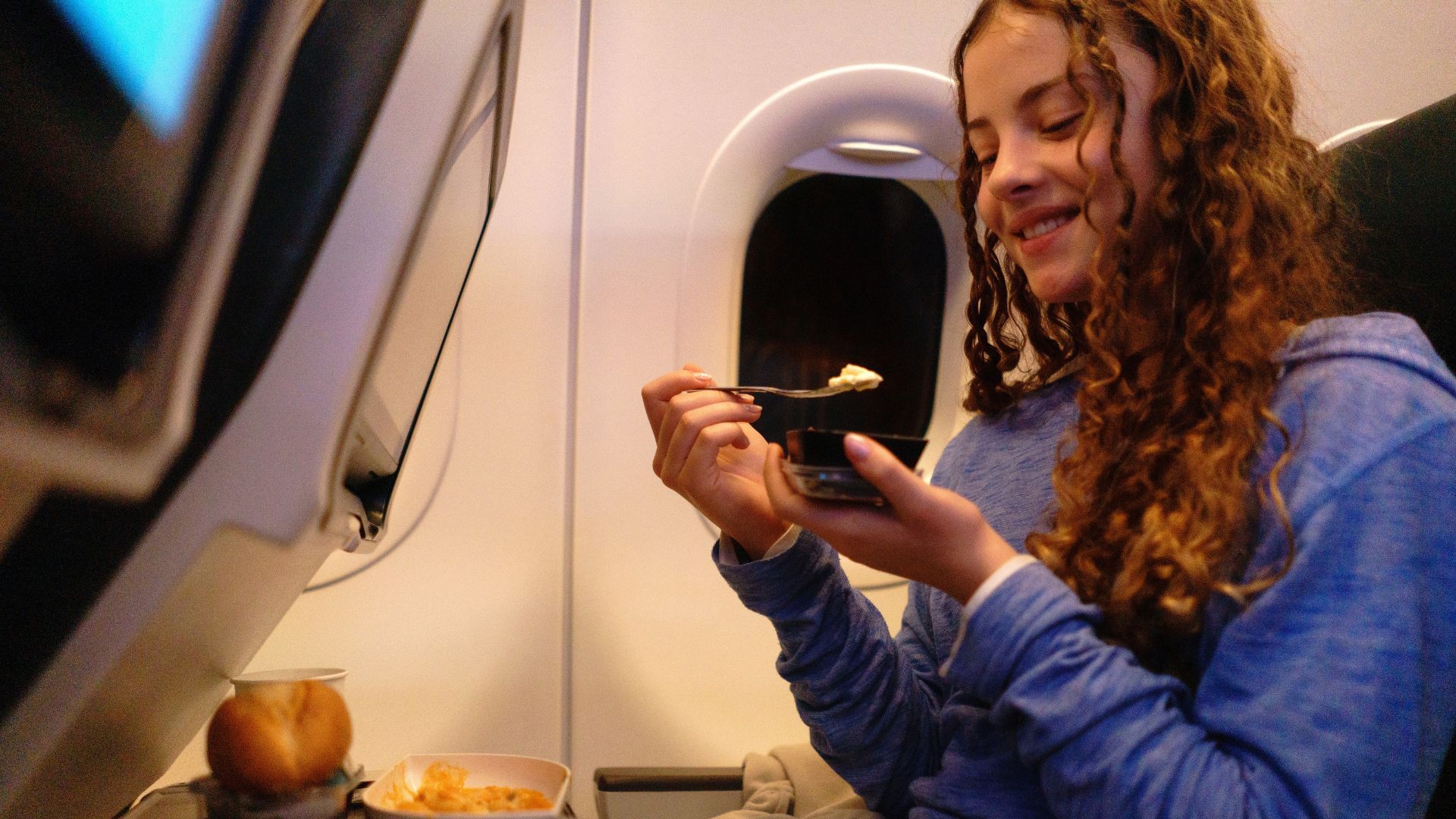
Martinez agrees: "If I'm flying east, I'll start going to bed an hour earlier a few days before departure. Flying west, I do the opposite."
Planning your meals around local time can help, too. "This helps sync digestion and hormones with the new time zone," explains Adams. "It sounds odd, but eating breakfast at local time, even when your body is screaming 'It’s 2 a.m!'... can help adjust things faster."
2. Create a morning and night routine
Maintaining good sleep hygiene is always important, even when you're on the move. One of the best ways to fight off jet lag is to create a morning and nighttime routine as soon as you arrive at your destination.
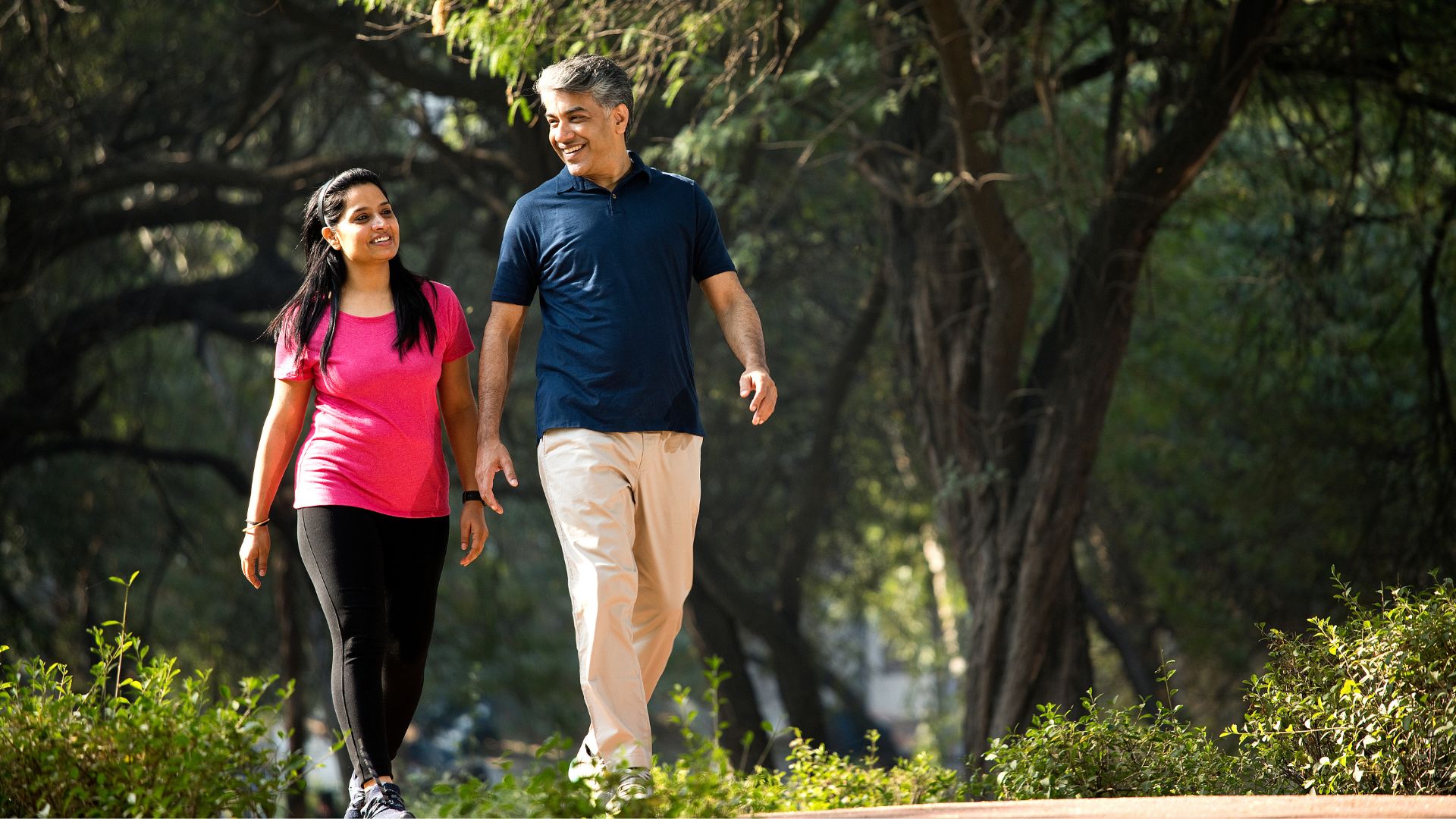
"If I arrive in the morning, I resist the urge to nap, and go for a walk outdoors," says Martinez. "Exposure to natural light helps reset the circadian rhythm. "
At night, she opts for a comfortingly familiar bedtime routine that includes three relaxing activities: stretching, listening to something that feels good and uplifts, and journaling.
"I also avoid caffeine at least six hours before bed and heavy meals late in the day, and I spray lavender on my pillow to help me sleep better," she shares.
3. Get some sunshine on morning landings
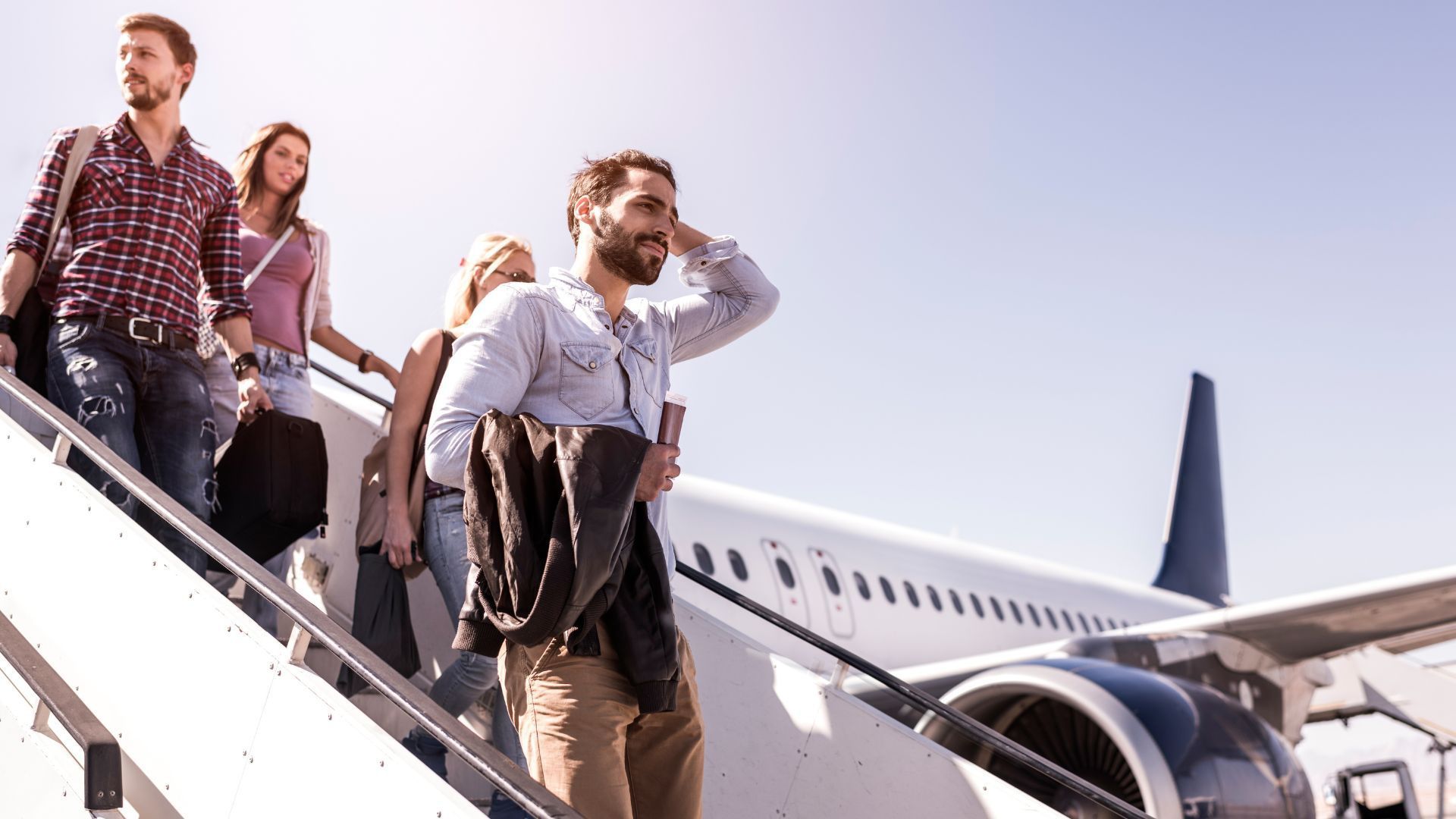
Getting enough sunlight is important if you want your circadian rhythm to align with your destination's time zone, and Adams says the best way to do this is to get some sunshine as soon as you land.
"Natural light resets your body clock," she says. "Even 20-30 minutes of morning sun helps signal 'it’s daytime now' to your body."
4. Avoid alcohol and caffeine mid to late flight
While on board, you may be tempted to grab a cup of joe to perk you up or a glass of wine to chill out, but Adams says this is a travel don't.
"So many passengers would have a glass of wine 'to relax' then complain of feeling wired or parched later," she recalls. "It messes with your sleep cycles and hydration."
5. Try (low doses of) melatonin supplements
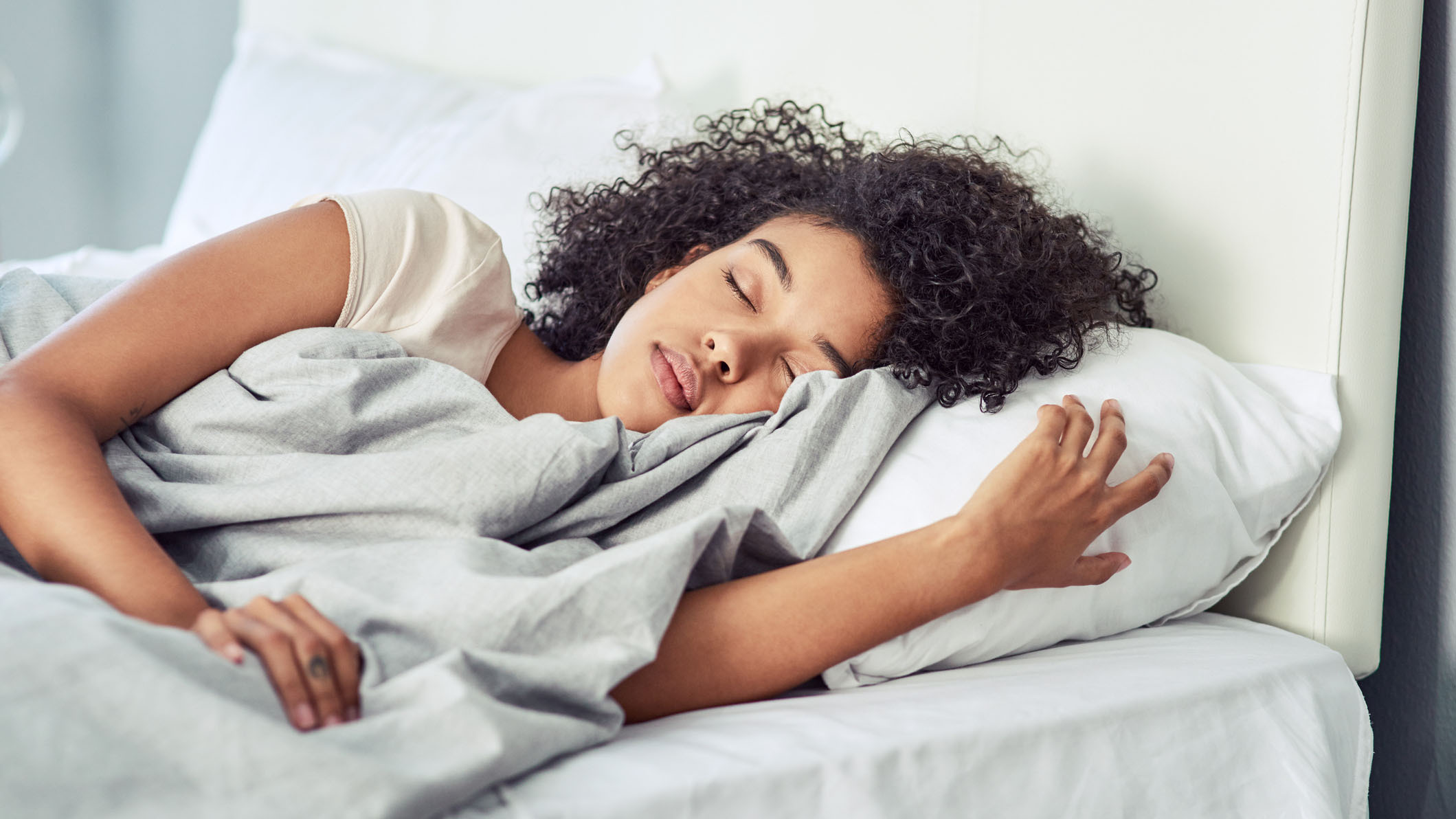
In recent years, melatonin supplements have become a sleep saviour for many, including crew members.
"Some crew members used 0.5–1mg melatonin for short-term help after red-eye flights," Adams tells me. "Passengers from Europe especially liked this method."
However, Adams stresses that you should trial the melatonin in the days before your flight, avoid high doses to prevent sleep issues, and must always consult a doctor before taking any medication.
How to sleep at a hotel
When staying at a hotel or another unfamiliar environment, your sleep may be disturbed by the "first night effect" (the experience of struggling to sleep during the initial night in a new place). Here's how Martinez and Adams overcome this challenge.
1. Make it your temporary home
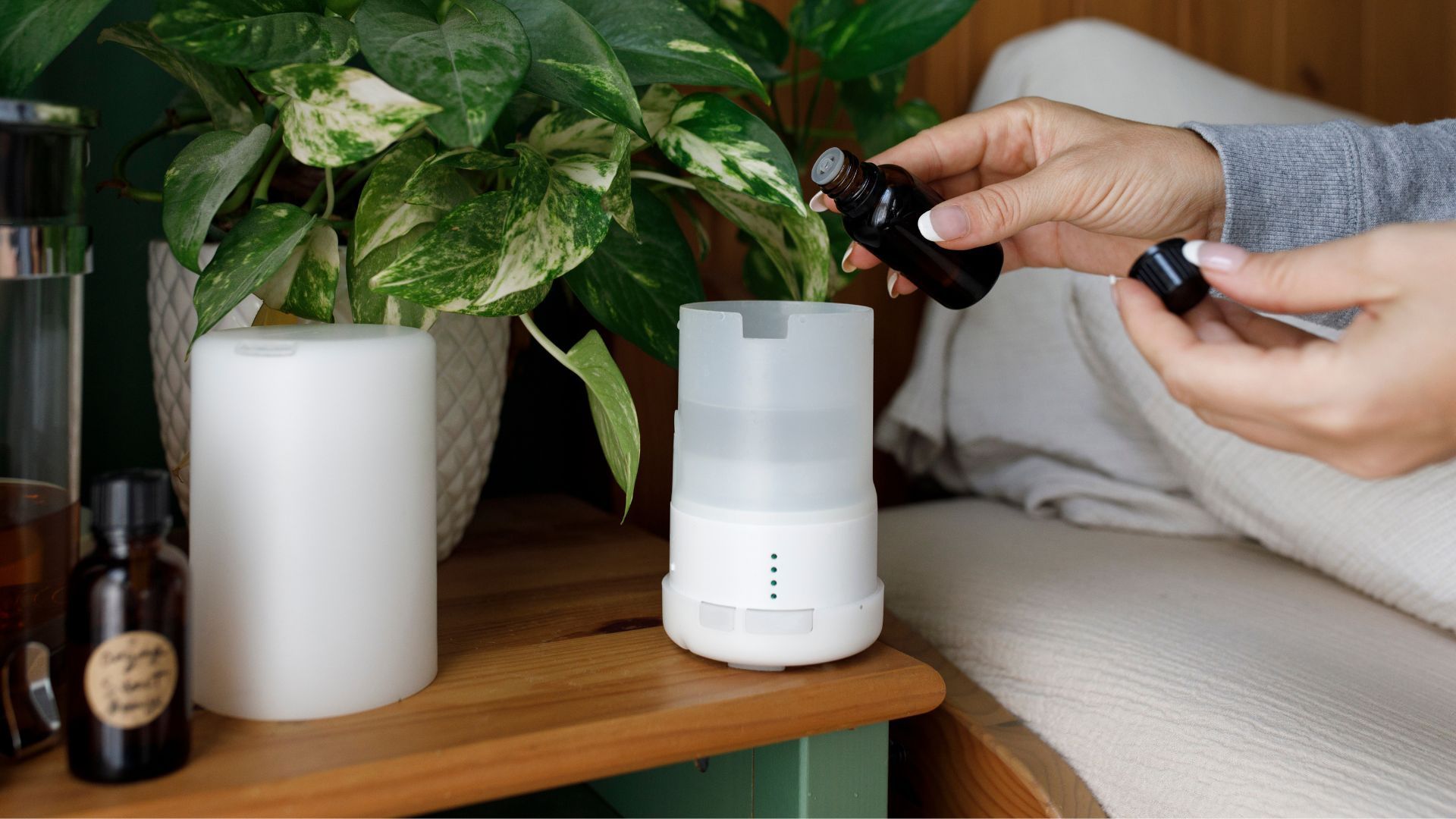
Martinez admits that, as someone who sleeps in different hotels on a weekly basis, she can relate to the feeling of being disorientated when staying at a new one.
"The key is to create a sense of control and familiarity wherever you are," she explains.
"I always pack a small diffuser with calming essential oils, listen to something that relaxes me, and dim the lights early to wind down my nervous system."
2. Do a "room sweep"
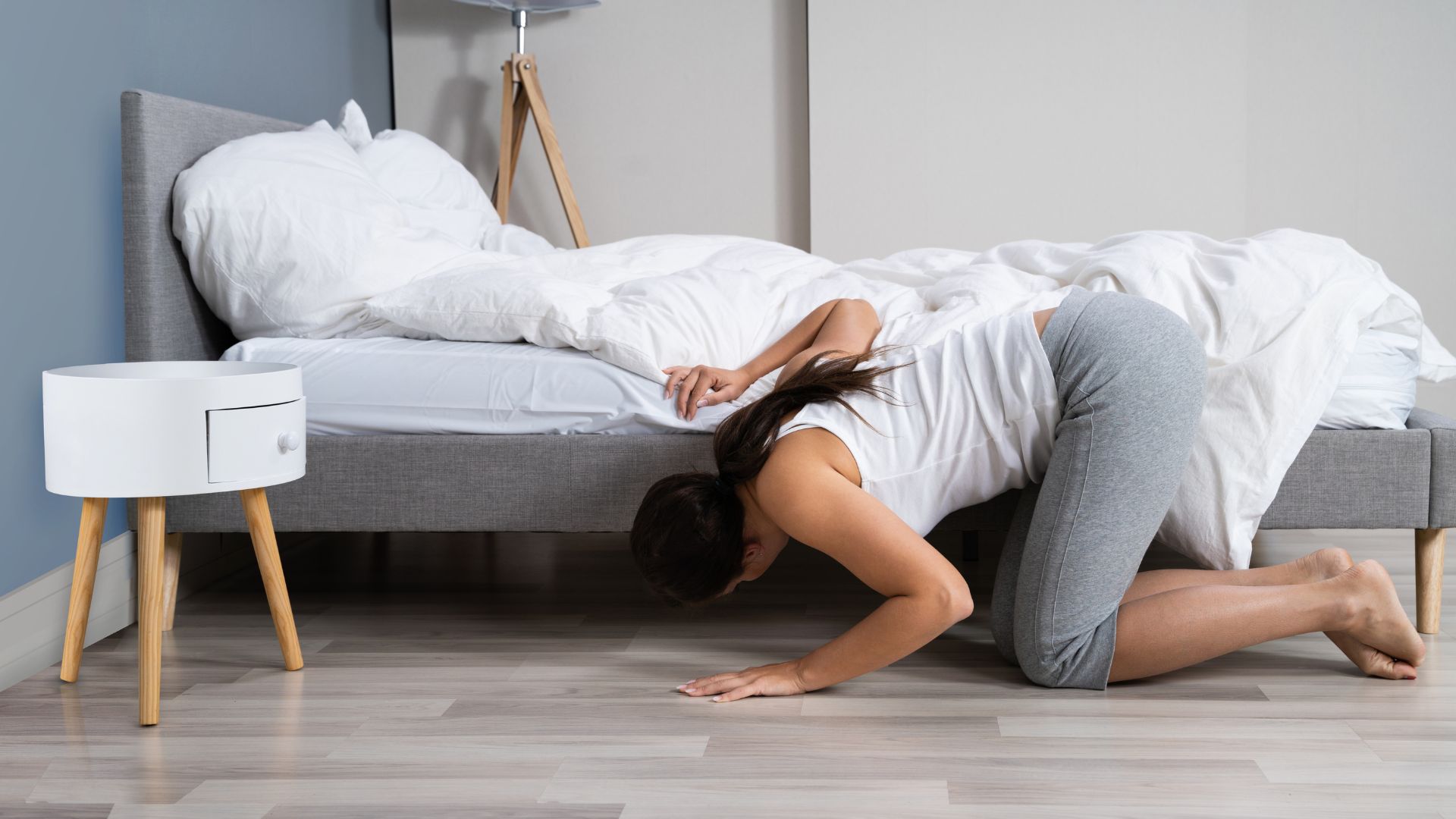
To give yourself peace of mind when staying at an unfamiliar place, Adams suggest doing a room check routine.
"Many crew members (especially solo women) did a full 'room sweep' to feel safe before bed: checked under beds, behind curtains, locked everything. That peace of mind made sleep come easier," she explains.
3. Create a bedtime routine
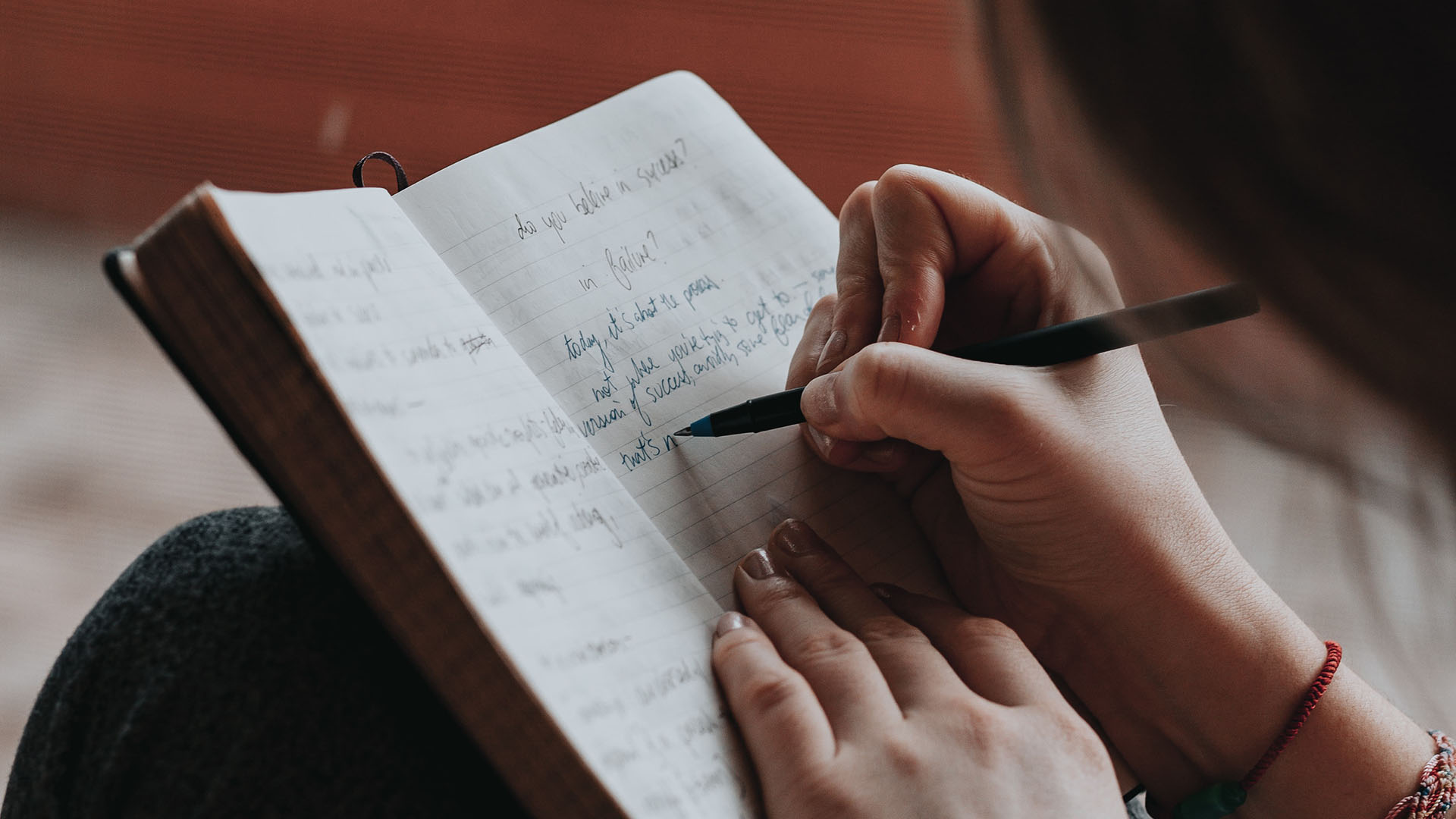
Creating a bedtime routine can help signal to your brain that it's time to hit the hay, and ease any anxiety you might be feeling.
"If nighttime anxiety hits, I journal before bed to empty my mind," Martinez reveals.
"I also do something I call 'anchoring': reminding myself I am safe, I am supported, and I can rest. If needed, I do a short guided meditation or a few minutes of deep breathing to shift my body into relaxation mode."

Frances Daniels is a PPA-accredited journalist and Sleep Staff Writer at Tom's Guide with an MA in Magazine Journalism from Cardiff University. Her role includes covering mattress and sleep news and writing sleep product reviews and buyer's guides, including our Best Hybrid Mattress 2025 guide. She is interested in the relationship between sleep and health, interviewing an array of experts to create in-depth articles about topics such as nutrition, sleep disorders, sleep hygiene, and mattress care. She is also our specialist on mattress toppers — producing bed topper reviews and taking care of our Best Mattress Toppers 2025 guide — and leads content relating to fiberglass-free beds for a non-toxic sleep. Outside of Tom's Guide, she has written for Ideal Home and Marie Claire.
You must confirm your public display name before commenting
Please logout and then login again, you will then be prompted to enter your display name.

